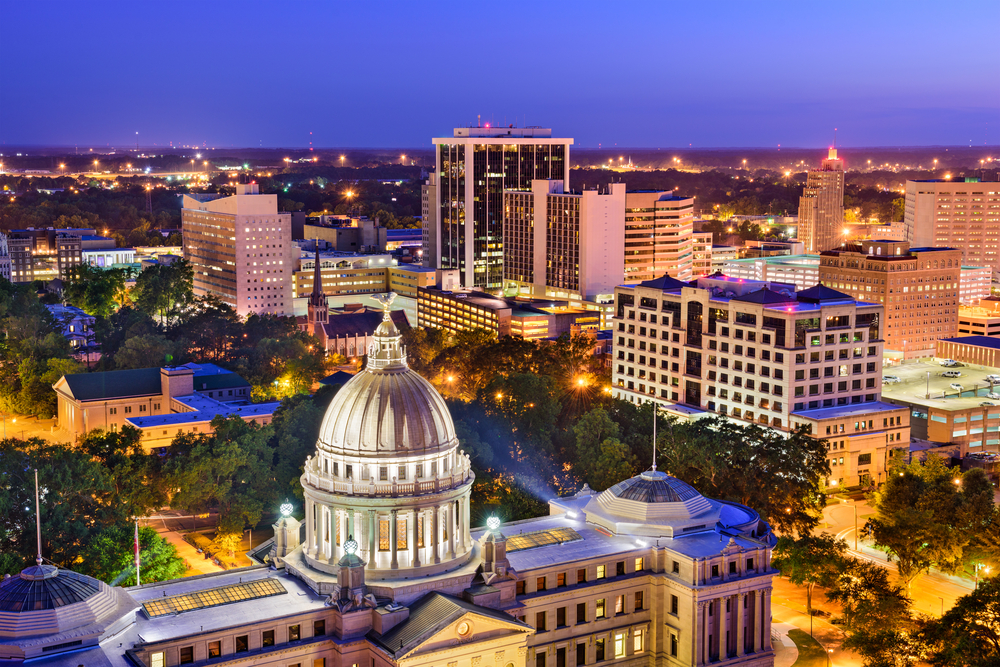The US state with the initials MS is Mississippi.
Table of Contents
Quick facts about the State of Mississippi
- Postal abbreviation: MS
- Standard abbreviation: Miss
- Capital: Jackson
- The population in 2019 was just under 3 million, making Mississippi 31st in rank for population in the U.S.
- Mississippi became a state on the 10th of December 1817, as the 20th to enter the Union.
- Mississippi state’s motto in Latin is “Virtute et armis,” meaning “By valor and arms”.
- Mississippi’s nickname is “The Magnolia State” (Mississippi has an uncommon number of magnolia trees, which is why it has this nickname).
- Mississippi’s flower is the Magnolia grandiflora (Magnolia) blossom.
- The name “Mississippi” comes from an Ojibwe (or Algonquin) Indian word “messipi,” often translated as “big river,” but this is too literal. A better translation is “great waters,” or even “the father of waters.”
- The highest point in Mississippi is at Woodall Mountain. It is the 47th tallest point in the US and stands at 806 feet.
- The lowest point in Mississippi hard to say, as there’s no one single point. The “point” is everywhere along Mississippi’s coastline where the land is not elevated as it runs into the sea. The “lowest point in Mississippi” is sea level, tying Mississippi for third place with 21 other states. The two ahead are Louisiana (-8 feet), and California (-282 feet).
- Mississippi’s geographic center is in Leake County, about nine miles northwest of Leake’s county seat, Carthage.
- Mississippi’s absolute center is located at the coordinates 32°48.9’N/90°43’W.
- Mississippi can cast six electoral college votes during presidential elections.
- Mississippi’s agricultural economy comes from rice, dairy, soybeans, catfish, cattle, poultry, and cotton.
- Mississippi’s industrial economy comes from transportation equipment, electrical machinery, food processing, lumber and wood, furniture, and apparel.
- Mississippi’s largest cities are (in reverse order) Tupelo, Southaven, Olive Branch, Meridican, Jackson, Horn Lake, Hattiesburg, Gulfport, Greenville, and Biloxi.
- Mississippi borders four other US states: Alabama, Arkansas, Louisiana, and Tennessee.
Quick facts about Mississippi’s flag
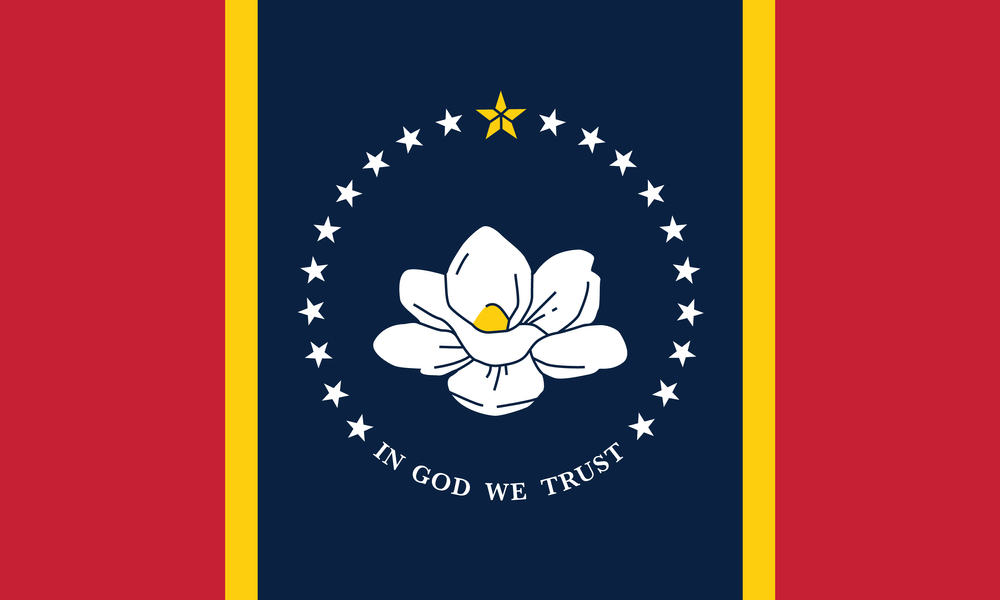
On the 3rd of November 2020, a new flag was adopted in a referendum held by the Redesign the Flag Commission committee.
The old flag was an image of the Confederate flag. It was taken down in response to a nationwide public protest. The new flag was adopted and became the official flag for Mississippi on the 11th of January 2021.
The new flag’s design features white magnolia flowers – the officially recognized state flower – along with the words “In God We Trust,” the official motto of the United States of America.
The flag’s 20 stars signify its status as the twentieth state to be admitted to the Union, and its gold five-point star symbolizes the Mississippi’s Native American tribes.
The State of Mississippi – a brief history
Mississippi was first explored by the Spanish, but later it became a French colony. From the 1800s to the 1900s, Mississippi’s cotton industry was its principal business as the fertile soil and warm climate attracted cotton growers.
The first record of settlements or explorers being found in the present Mississippi was in 1540. Numerous Native Americans already lived in the area, using the fertile soil and favorable conditions for crop cultivation.
When it became a state in 1817, Mississippi had more Native Americans living there than any other state within the southeast portion of the country. The tribes that lived there were the Choctaw, Chickasaw, and Natchez.
There were four distinct periods of Mississippi’s history. They include:
- French Colonial (1699 to 1763)
- British Provincial (1763 to 1779)
- Spanish Provincial (1779 to 1798)
- American Territorial and then Statehood (1798 to the present day)
Mississippi becomes Mississippi Territory
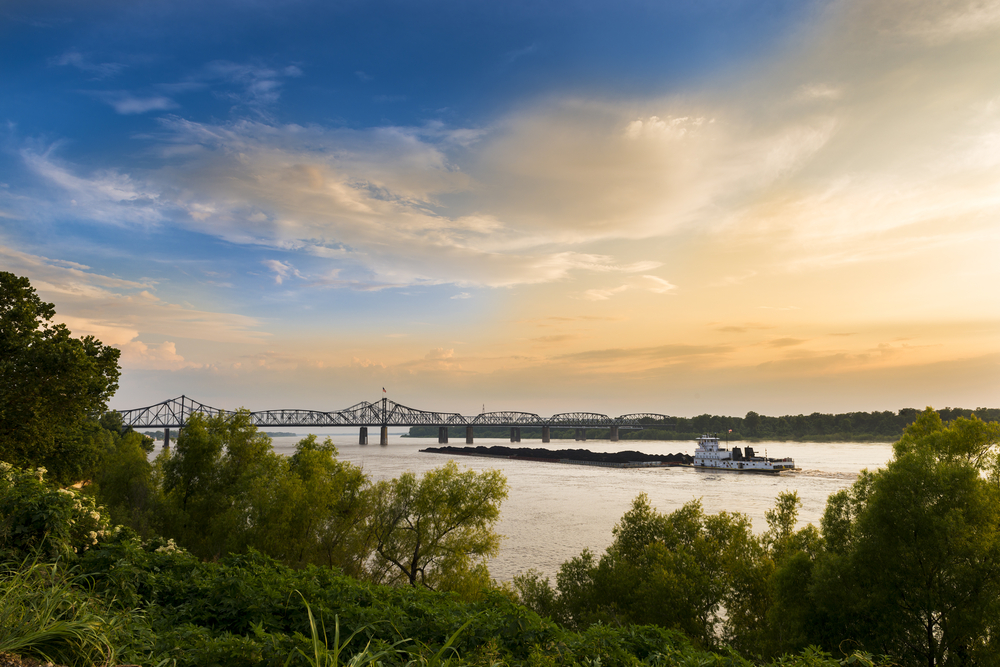
Congress made Mississippi a territory in 1798. The territory comprised the areas between the Mississippi River, the Chattahoochee River to the south of Tennessee, and the lands north of the 31st parallel.
In 1798, less than 5,000 whites were living in the area. It was believed that the Choctaw, Chickasaw, and Creek tribes held a large amount of the land in the past. However, they could not control the Gulf Coast, which was controlled by Spain.
The growth of Mississippi and the appearance of counties
The land was officially opened for settlement in 1798. The boundaries of counties were drawn up and then divided as many people moved to the region.
Treaties and land appropriation in early Mississippi
Titles to settle land in Mississippi were difficult to get due to the random distribution procedures following the 1783 and 1795 treaties of Paris and Pinckney, respectively.
At the beginning of its history, white settlers acquired lands that Native Americans had previously owned.
Mississippi gains statehood
Because of the number of new settlers coming to the region, there was a demand in 1817 for Mississippi to be declared an official state.
The entirety of the area that is now Mississippi was made available for settlement in 1832 after agreements were signed between both the Chickasaw and the Choctaw tribes.
This brought different cultures closer and resulted in major cotton plantations in Mississippi. Free African Americans and slaves worked on the plantations until Mississippi entered the Civil War.
The Civil War and Mississippi’s era of Jim Crow
On the 9th of January 1861, Mississippi decided to separate from the United States. This resulted in Mississippi’s Confederate-side involvement in the Civil War.
After the Civil War was over, the reconstruction process was challenging, and Mississippi’s position regarding the rights of states was motivated by the bitterness of the conflict.
White lawmakers enacted Jim Crow laws, making former slaves even more deprived, ill-educated, and obliged to work for whites.
Mississippi since the Civil War

Mississippi is naturally suitable for farming; its soil is deep and rich, and its landscape is lined with numerous rivers. During the 20th century, the predominance of a traditional, leisurely lifestyle helped the state’s interests.
This lifestyle was reflected by a culture of elegance and an insistence on courtesy.
In various ways, with the increase of industrialization and urbanization, the relaxed way of life became a barrier to Mississippi’s development in social and economic terms.
Over the years, a highly dependent population on Mississippi’s agriculture-based economy resisted change, keeping Mississippi’s per capita income low, leading to poverty for many families.
Additionally, the state was the focus of a tense interracial war and was at the forefront of the Civil Rights Movement in the 20th century.
Even today, nearly 50% of Mississippi residents live in rural areas – and not always on farms. The state remains at the bottom in various economic indexes.
The geography and climate of Mississippi
A general overview of Mississippi’s geography
Mississippi is a state with a low elevation, and its highest point is only around 800 feet above sea level.
Except for its hilly northwest corner, it lies at generally low elevations and large areas of marshy land. The majority of its soils are prairies, plains and hills, rivers, lowlands of the river, and pine forests.
The soil of Mississippi

In the northern part of the state, there is the huge fertile crescent called The Delta, the former riverplain that flows through the Yazoo and the Mississippi rivers.
It comprises six-and-a-half miles (16,200 square kilometers) of alluvial, black soil which is several feet deep. It was subject to catastrophic floods in the past, but the land is now protected with reservoir and levee systems.
Mississippi’s extensive water systems
Mississippi is home to many bayous, rivers, creeks, and other natural drainage systems. The principal river systems of the state comprise the Tombigbee, currently joined to Tennessee, which creates the Tennessee-Tombigbee Waterway.
The Waterway itself connects the Gulf of Mexico with the Tennessee River. The Pascagoula, located in the southeast, and the Pearl, in the central section of the south, along with the Mississippi and its tributaries, including those of the Yazoo and the Big Black, all in the west, drain into the Gulf.
Mississippi’s climate
The location of Mississippi provides it with a favorable climate for farming. The growing season is lengthy (virtually all year long along the coast), and precipitation is plentiful. Extreme temperatures aren’t common.
The summers are hot, with the average daily temperature increasing from the 60’s °F to the lower 90s °F during July and August.
The bright, crisp autumn days are the ones with the least amount of precipitation and are believed to be the best of the season.
The temperatures for January typically fluctuate from the low 30s °F to the upper 50s °F. Snowfall is scarce, but it does occur.
Plant and animal life in Mississippi
A mild, temperate climate, the long growing season, and abundant rainfall provide Mississippi with an impressive animal and plant life range. A variety of pines and live oaks are common in the counties in the south.
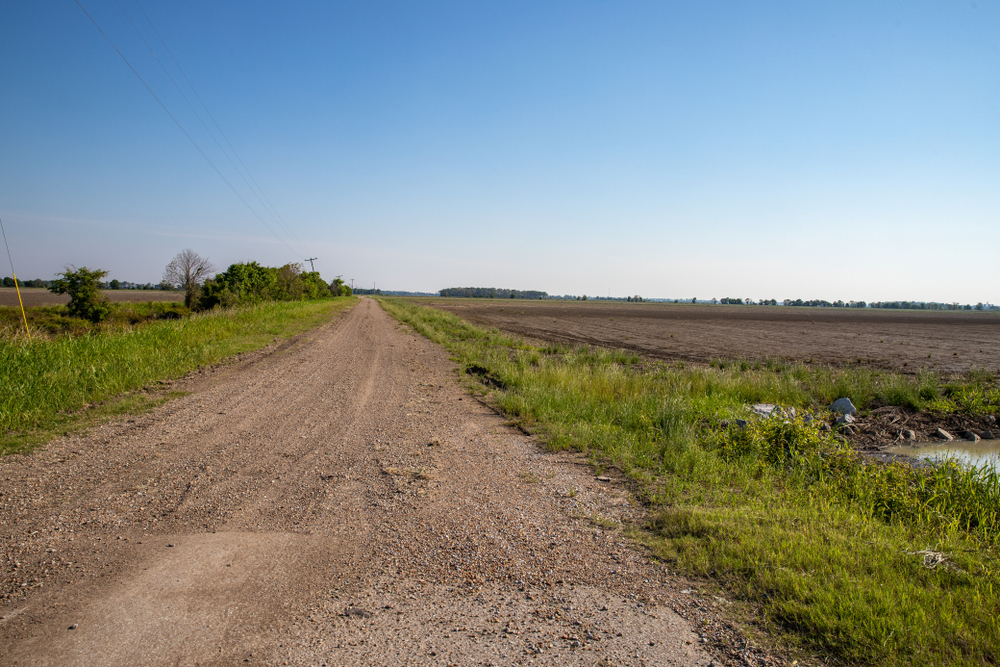
Pine forests, which are often mixed with oaks, are located throughout the state’s sandy soils.
On the other hand, hardwoods and fruit trees like hickory and oak flourish in the north. Pecan and Magnolia trees are the most common throughout the state.
Over half of the state is forest-covered. The entire state is dotted all over with a variety of natural and cultivated flowers.
Mankind’s effect on nature in Mississippi
Lands being converted for agriculture and hunting have dramatically reduced the abundance of wildlife in Mississippi. Certain animals, like pumas and wolves, are gone. Bobcats are extremely rare, while bears are even rarer still.
However, deer are thriving again, and the number of wild turkeys has risen substantially.
The state has a range of resident and migratory birds, including warblers and hummingbirds, a variety of woodpeckers, numerous species of wading birds and waterfowl, and both golden and bald eagles.
Various game fish are caught all year round, including top freshwater species bass and perch, as well as bream and catfish. The Gulf is awash with oysters, shrimp, and fish, which together form the basis of a vast commercial fishing industry.
The people of Mississippi
White European heritage, mainly British, Irish, or northern Europeans, account for around three-fifths of the Mississippi’s inhabitants, and African Americans make up nearly all the rest.
Hispanics, Asians, and Native Americans each constitute only a small portion of the state’s population, with Hispanics being the biggest of the three categories.
The majority of Mississippians were born in the state, but in the late 20th century, there was a flood of immigrants, mostly coming from Vietnam and various regions of India.
Minorities’ experience in Mississippi
Up until around 1940, people of African origin constituted the bulk of the population of Mississippi. At the end of the 20th century, however, they were minorities (albeit an enormous one) due to a high percentage of out-migration.
In the early 20th century, Mississippi’s proportion of African American residents was higher than that in any other state.
The tiny Chinese population, concentrated in the Delta, are mainly descendants of farm laborers who arrived in California around 1870.
The Chinese could not adapt easily to the Mississippi plantation system, and the majority of them became small-scale merchants.
Many Southeast Asian immigrants of the latter half of the 20th century were attracted by the state’s fishing industry.
A large part of the Native American population lives in the state’s central region. It is home to the only state-wide established Native American group, the Mississippi Band of Choctaw Indians. It has reservations in the area of Jackson.
Sundown towns in Mississippi in 2021

In his book, Sundown Towns: A Secret Dimension of American Racism, James W. Loewen, an ex-sociology instructor of the University of Vermont, remarked that “sundown town” is a term used to describe a town or neighborhood dominated by whites and deliberately created by eliminating ethnic minorities.
It would be wonderful to say that things have improved in Mississippi for minorities, but that simply isn’t the unvarnished truth. The mere existence of sundown towns proves that.
Here is a list of confirmed sundown towns in Mississippi today: Baxterville, Belmont, Burnsville, Clinton, d’Iberville, General, It, Mize, Mound Bayou, New Africa, Pearl, Renova, Southaven, Winstonville.
In her memoir, I Know Why the Caged Bird Sings, poet Maya Angelou uses the line, “Don’t let the sun set on you here, nigger, Mississippi,” to describe the state.
The same message (“Don’t let the sun set on you here, nigger, Mississippi”) could be seen on signs posted at the borders of sundown towns and made it clear that blacks were not welcome and could be killed if they attempted to challenge the rules.
Mississippi, on a brighter note
Let’s not end this article on a dark note. Here are some fascinating facts about Mississippi.
Mississippi and the American revolution
An Irish merchant, Oliver Pollock, who lived in New Orleans when it was controlled by the Spanish, helped fund the American Revolution with part of his fortune and is widely acknowledged to have helped establish the symbol of the dollar in 1778.
Mississippi sings the Blues
The Blues musical style sprang up after the Civil War in and around the Mississippi Delta.
Based on the songs sung by slaves who worked in the fields and by African spirituals, the Blues provided a way out of oppression and a way of expression for a lot of African Americans.
Mississippi and the Teddy Bear
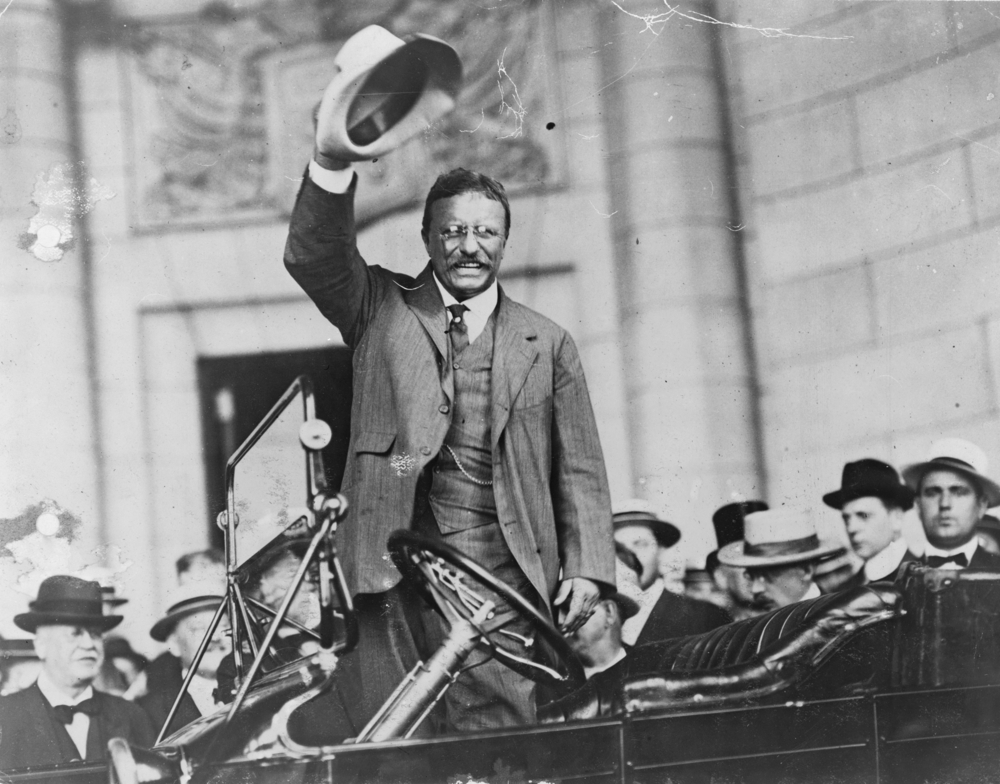
In 1902, President Theodore Roosevelt, accompanied on a hunting trip by Governor Andrew Longino, declined to shoot a bear tied to a tree to make an easy target.
Afterward, a satirical sketch of the incident was released, prompting a Brooklyn confectionery shop proprietor to design “Teddy’s Bear” – from which we get our modern “Teddy bear.”
Mississippi and medical innovation
Dr. James D. Hardy performed the first human lung transplant in Jackson’s University of Mississippi Medical Center on the 11th of June 1963.
On the 23rd of January 1964, he inserted a chimp’s heart into a dying patient, thus performing the first-ever heart transplant in the world.
Catfishing Mississippi
Mississippi produces around 60% of the nation’s farm-raised catfish.

